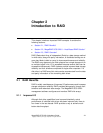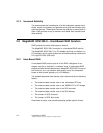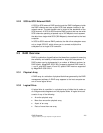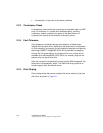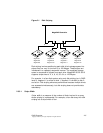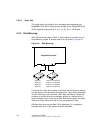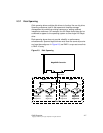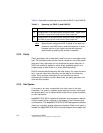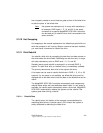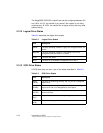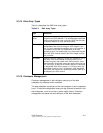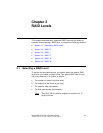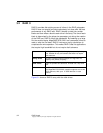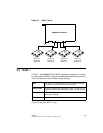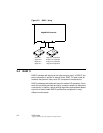
RAID Overview 2-9
Copyright © 2002 by LSI Logic Corporation. All rights reserved.
has a capacity closest to and at least as great as that of the failed drive
to take the place of the failed drive.
Note:
Hot spares are employed only in arrays with redundancy—
for example, RAID levels 1, 5, 10, and 50. A hot spare
connected to a specific MegaRAID SCSI 320-0 controller
can be used only to rebuild a drive that is connected to the
same controller.
2.3.10 Hot Swapping
Hot swapping is the manual replacement of a defective physical disk unit
while the computer is still running. When a new drive has been installed,
you must issue a command to rebuild the drive.
2.3.11 Disk Rebuild
You rebuild a disk drive by recreating the data that had been stored on
the drive before the drive failed. Rebuilding can be done only in arrays
with data redundancy such as RAID level 1, 5, 10, and 50.
Standby (warm spare) rebuild is employed in a mirrored (RAID 1)
system. If a disk drive fails, an identical drive is immediately available.
The primary data source disk drive is the original disk drive.
A hot spare can be used to rebuild disk drives in RAID 1, 5, 10, or 50
systems. If a hot spare is not available, the failed disk drive must be
replaced with a new disk drive so that the data on the failed drive can be
rebuilt.
The MegaRAID SCSI 320-0 controller automatically and transparently
rebuilds failed drives with user-definable rebuild rates. If a hot spare is
available, the rebuild starts automatically when a drive fails. MegaRAID
SCSI 320-0 automatically restarts the system and the rebuild if the
system goes down during a rebuild.
2.3.11.1 Rebuild Rate
The rebuild rate is the fraction of the compute cycles dedicated to
rebuilding failed drives. A rebuild rate of 100% means the system is
totally dedicated to rebuilding the failed drive.



